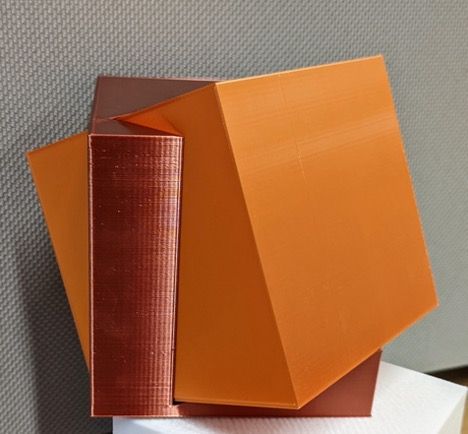Optimizing Polyhedral Passages
Program:
Applied Mathematics and Statistics
Project Description:
Surprisingly, given two equally large cubes, one can pass the first through a hole strictly inside the second. This property was first shown by Prince Rupert of the Rhine in the 17th century. This isn’t a unique property of cubes, rather, it is conjectured to hold for every polyhedron.
In this project, we numerically investigate this conjecture. Using optimization techniques like gradient descent, we are able to compute the largest margin of strict passage possible for a given shape. By doing so, we aim to produce new bounds on the best possible passages for classic polyhedrons and potentially identify a counterexample to the conjecture that a passage is possible for every polyhedron.
Team Members
-
[foreach 357]
-
[if 397 not_equal=””][/if 397][395]
[/foreach 357]
Project Mentors, Sponsors, and Partners
Course Faculty
-
[foreach 429]
-
[if 433 not_equal=””][/if 433][431]
[/foreach 429]
